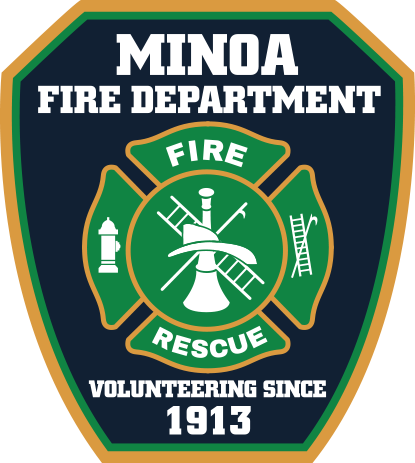Clothes Dryer Fire Safety
Fires can start in a clothes dryer and spread to the house.

About 15,600 building fires are caused by clothes dryers. And, there are 400 injuries and 15 deaths reported annually as a result of dryer fires. Clothes dryer fires account for over $100 million in property losses.
Electric dryers are more than 2.5 times more likely than gas dryers to cause fires because they discharge more heat; this causes more lint buildup.
Dryer fire hazards typically originate from two places:
- The dryer’s venting
- The lint trap.
More than one-third of the fires are attributed to a failure to clean these places. This means that many of these fires are preventable.

Click here for a video showing how to clean your dryer of lint.
Quick Tips
- Have your dryer installed and serviced by a professional.
- Do not use the dryer without a lint filter.
- Make sure you clean the lint filter before or after each load of laundry. Remove lint that has collected around the drum.
- Rigid or flexible metal venting material should be used to get proper air flow and drying time.
- Make sure the air exhaust vent pipe is not restricted and that the outdoor vent flap will open when the dryer is operating. Once a year, or more often if you notice that it is taking longer than normal for your clothes to dry, clean lint from the vent pipe, or have a dryer lint removal service do it for you.
- Keep dryers in good working order. Gas dryers should be inspected by a qualified professional to make sure that the gas line and connection are intact and free of leaks.
- Make sure the right plug and outlet are used and that the machine is connected properly.
- Follow the manufacturer’s operating instructions, and don’t overload your dryer.
- Turn the dryer off if you leave home or when you you go to sleep.
Source for Content: National Fire Protection Association and U.S. Fire Administration
